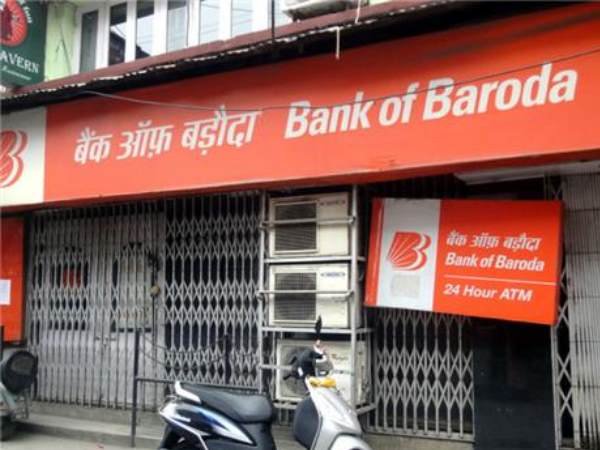The race for Citi Bank’s India retail business is set to get fierce as the five lenders in the race have either growth ambitions or gaps to fill.
HDFC Bank, Kotak Mahindra Bank, Axis Bank, IndusInd Bank and DBS Bank have emerged as the top five contenders to take over Citi India’s estimated $2-billion retail business that includes, credit cards, mortgages, wealth management and
deposits. The race will be narrowed down to three, with whom Citi would negotiate a higher value.
The bidders will look to pre-empt competition by denying rivals an opportunity to grab a bigger pie of the market.
The suitors
DBS Bank is considered one of the potential buyers of these businesses given its deep pockets and ambitions to expand in India. In November last year, the Singaporean lender completed the first of its kind RBI directed acquisition of a distressed lender taking control of Chennai based Lakshmi Vilas Bank (LVB).
DBS India has already infused more than $1 billion into India in its relatively new existence in the country and though LVB gives its wider access to South India, it may look at Citi’s credit card portfolio to kick start that business in India. DBS does not offer credit cards in the country currently.
Kotak Mahindra Bank, which was said to be exploring an acquisition of IndusInd Bank and refused the offer for Yes Bank, may be finally looking to lay its hands on the big business on offer.
HDFC Bank, which is facing a ban from the Reserve Bank of India for onboarding new customers, and facing stiff competition from ICICI Bank stands to gain some of the lost opportunity with the Citi business buy.
What’s on offer?
Citi’s total assets In India at the end of FY20, including credit extended to Indian institutional clients from offshore Citi entities, stood at Rs 2.99 crore.
The consumer banking business, which includes cards and loans against property, would be around Rs 32,000 crore. It also has a huge amount of savings accounts built over the last few years, which has a lucrative liability book and also credit cards, in which it was the largest among foreign banks in India.
The bank also had Rs 27,911 crore of loans to agriculture, affordable housing renewable energy and micro, small and medium enterprises (MSMEs). Of this, Rs 4,975 crore was to weaker sections, as part of Citi India’s priority sector lending obligations, results released last year showed.
Citi Bank has 2.8 million retail customers, 1.2 million bank accounts and nearly 2.6 million credit cards as of June.
Citi’s consumer business contributes about a third to the overall India business in terms of profitability, while total India business contributes 1.5% of profits to the global book. Overall, Citibank’s India unit had a market share of advances and deposits of 0.6% and 1.1%, respectively.
Citi credit cards
Citi started retail operations in India in 1985 and was among the pioneers of credit cards in the country. However, its share of credit cards has dropped from 13% to 6% now. Despite being the sixth-largest player in the space, Citi has the highest average spend on its card touching close to 2 lakh per card. The average spends per card for Citi is 1.4 times higher than the industry average, making it a profitable business for the bank in India. The other four major players have had nearly the same steady growth in spend per card at 11-12%.
Citibank’s outstanding credit cards as of February stood at 2.65 million, the largest among foreign banks in India, ahead of 1.46 million by Standard Chartered and 1.56 million by Amex. Citi India had 2.9 million retail customers with 1.2 million bank accounts as of March 2020.
At the end of March 2020, Citibank served 2.9 million retail customers with 1.2 million bank accounts and 2.2 million credit card accounts.
The market
The total number of cards in circulation in India, as per a Worldline India Digital Payment report for 2020, stood at 946.81 million as of December 2020. As of December 2020, the average ticket size of credit cards was Rs 3,653, while that of debit cards was Rs 2,568, Worldline said. However, according to a 2019 report, despite being the fifth-largest player in the space, Citi has highest average spend on its card touching close to 2 lakh per card. The Indian credit card market is a fairly crowded place with 74 players operating. The top 5 players, however, have a comfortable 78% share by the number of cards and 75% share by credit card spend. HDFC bank is the leader at close to 31% share followed by SBI cards at 19%, which is trailed by ICICI, Axis, and Citi.
Earlier acquisitions
Local lenders have profited from foreign banks’ exit from India over the last decade. IndusInd Bank for example brought and built up Deutsche Bank’s credit card portfolio in 2011 and followed it up by buying Royal Bank of Scotland’s (RBS) diamond financing business in 2015. Another private sector RBL Bank also started its credit card business by purchasing the portfolio from RBS in 2013.







